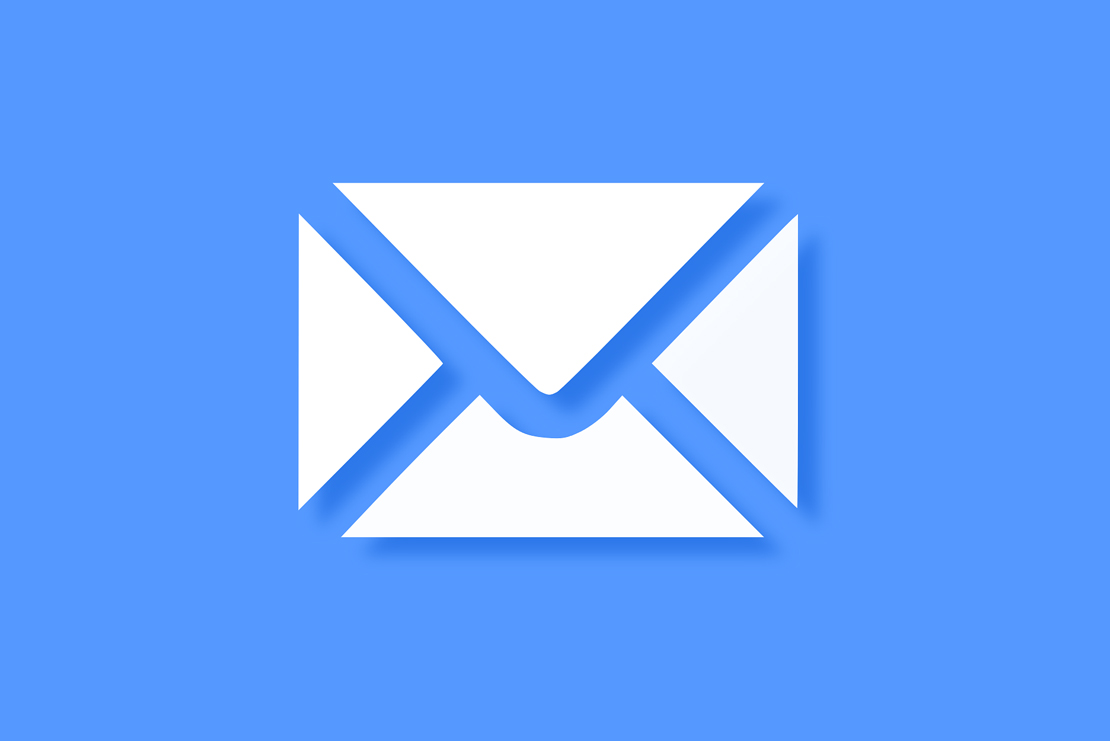Email marketing has become a cornerstone of modern business communication, offering unparalleled reach and cost-efficiency for reaching customers. In today’s digital landscape, leveraging email campaigns effectively can provide businesses with a direct channel to engage and nurture their audience. This article explores the fundamental concepts, strategies, and best practices of email marketing, highlighting its potential as a powerful tool for connecting with customers and driving business growth.
What is Email Marketing?
Email marketing is like that friend who won’t stop texting you about their new favorite coffee shop. It’s a way for businesses to send targeted messages to their customers’ inboxes, hoping to catch their attention and keep them coming back for more. Today, it’s all about delivering valuable content and building relationships with customers.

Every email is a customer survey of your target market, by testing they vote on what resonates best with them. -: Kath Pay


Benefits of Email Marketing for Businesses
Cost-Effectiveness and High ROI
Forget billboards and magazine ads – email marketing is like the thrift store of advertising. It’s cost-effective and can give you a bang for your buck in terms of return on investment (ROI).
Direct and Personalized Communication
Email marketing lets you slide into your customer’s inbox, like a friendly neighbor popping by for a chat. You can tailor your messages to individuals, making them feel special and increasing the chances of conversion.
Understanding Your Target Audience for Effective Email Campaigns
Segmenting Your Email List
Segmenting your email list is like organizing your wardrobe – it helps you find the right message for the right people. By grouping your subscribers based on characteristics like interests or purchase history, you can send more relevant emails.
Creating Buyer Personas
Buyer personas are like your marketing squad’s secret weapons. They’re fictional representations of your ideal customers, helping you understand their needs, preferences, and behaviors so you can tailor your emails accordingly.
Crafting Compelling Email Content and Design
Writing Engaging Subject Lines
Subject lines are like the appetizer of your email – they need to be tasty enough to make your subscribers want to open the main course. Get creative, use emojis, and keep it concise to increase open rates.
Designing Responsive Email Templates
Your email template should adapt to any screen size, like a chameleon changing colors. Whether your subscribers open it on a desktop, tablet, or smartphone, your email should look good and be easy to read.
Strategies for Building and Growing Your Email List
Opt-In Forms and Lead Magnets
When it comes to expanding your email list, opt-in forms are your best friend. These forms can be strategically placed on your website, blog posts, or social media pages to capture visitor information. Pairing opt-in forms with lead magnets such as ebooks, webinars, or exclusive offers can entice users to sign up, providing value in exchange for their contact details.
Social Media and Website Integration
Integrating your email marketing efforts with social media and website platforms can significantly boost your subscriber count. Utilize social media ads or organic posts to promote your newsletter sign-up, and ensure your website features prominent calls-to-action directing visitors to subscribe. Seamless integration across all platforms ensures a consistent and user-friendly experience for your audience.
Analyzing Email Marketing Metrics for Success
Key Performance Indicators (KPIs)
To measure the success of your email campaigns, keep an eye on key performance indicators like open rates, click-through rates, conversion rates, and unsubscribe rates. These metrics provide valuable insights into the effectiveness of your content and help you make data-driven decisions to optimize future campaigns.
Interpreting and Acting on Data
Data analysis is crucial in fine-tuning your email marketing strategy. Regularly review your campaign reports to identify trends, understand subscriber behavior, and pinpoint areas for improvement. By leveraging data insights, you can tailor your content, timing, and targeting to better engage your audience and drive conversions.
Best Practices for Deliverability and Compliance in Email Marketing
Understanding SPAM Laws and Regulations
Compliance with anti-spam laws like the CAN-SPAM Act is non-negotiable in email marketing. Familiarize yourself with legal requirements regarding email consent, sender identification, and opt-out mechanisms to avoid penalties and maintain a positive sender reputation.
Optimizing Email Deliverability Rates
To ensure your emails reach subscribers’ inboxes, focus on optimizing deliverability. Cleanse your email list regularly to remove inactive or invalid addresses, use engaging subject lines and relevant content to prevent spam filtering, and avoid practices that could flag your emails as spam, such as excessive use of capital letters or deceptive subject lines.
Leveraging Automation and Personalization in Email Campaigns
Implementing Email Automation Workflows
Streamline your email marketing efforts by implementing automation workflows for tasks like welcome emails, abandoned cart reminders, or birthday greetings. Automation not only saves time but also allows for personalized, timely communication with your subscribers based on their interactions and behavior.
Personalizing Email Content for Higher Engagement
Personalization is key to driving engagement and building customer relationships. Segment your email list based on demographics, purchase history, or engagement levels, and tailor your content to cater to each group’s interests and preferences. By delivering relevant and personalized messages, you can increase open rates, click-through rates, and ultimately, conversions. In conclusion, email marketing remains a cost-effective and highly impactful way for businesses to engage with their audience, drive conversions, and build lasting relationships. By understanding the key principles outlined in this article and implementing effective strategies, businesses can harness the full potential of email marketing to reach their customers and achieve their marketing goals successfully.
FAQs
1. How can I measure the success of my email marketing campaigns?
2. Are there any legal considerations to keep in mind when sending marketing emails?
3. What are some common mistakes to avoid in email marketing?


Leave a Reply